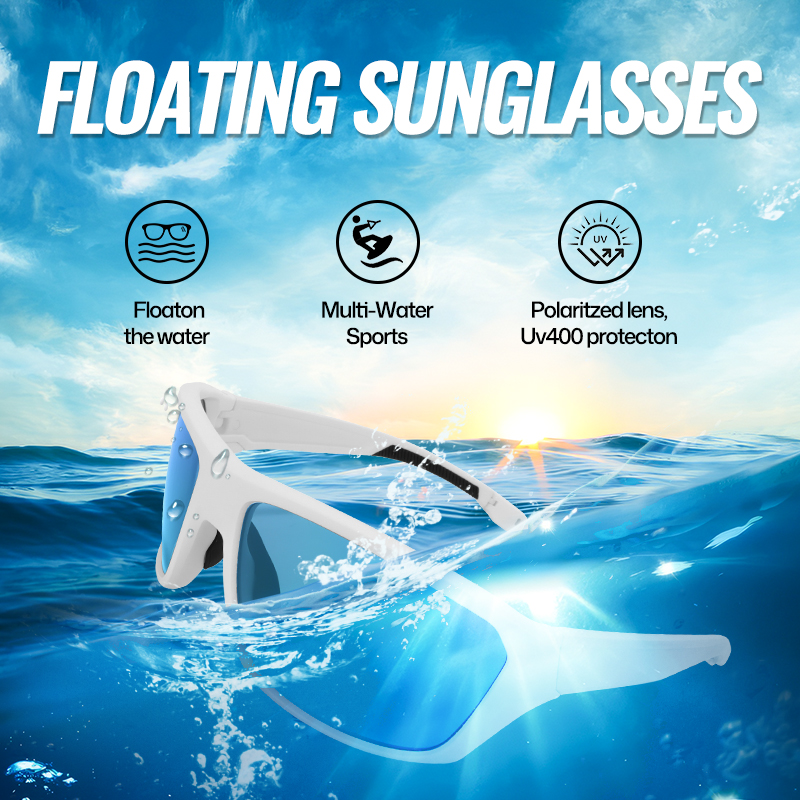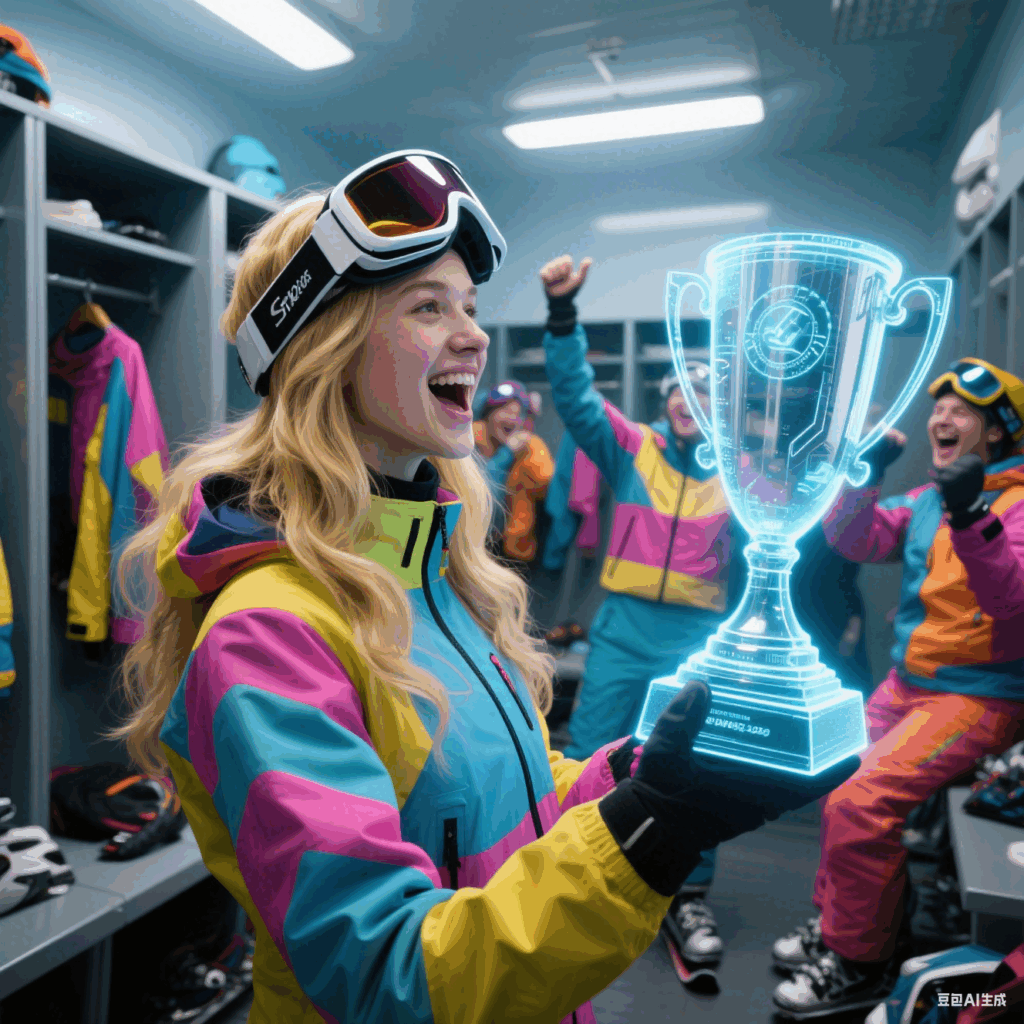स्कीइंग या स्नोबोर्डिंग ट्रिप की योजना बनाना एक रोमांचक अनुभव हो सकता है, लेकिन ढलानों पर अपनी सुरक्षा सुनिश्चित करना हमेशा सर्वोच्च प्राथमिकता होनी चाहिए। हर शीतकालीन खेल प्रेमी के पास एक ज़रूरी उपकरण एक अच्छी क्वालिटी का स्की या स्नोबोर्ड हेलमेट होना चाहिए। इस लेख में, हम आपके शीतकालीन रोमांच के लिए सही हेलमेट चुनते समय ध्यान रखने योग्य प्रमुख कारकों पर चर्चा करेंगे।
क्या आपको स्नोबोर्डिंग के लिए हेलमेट की आवश्यकता है?
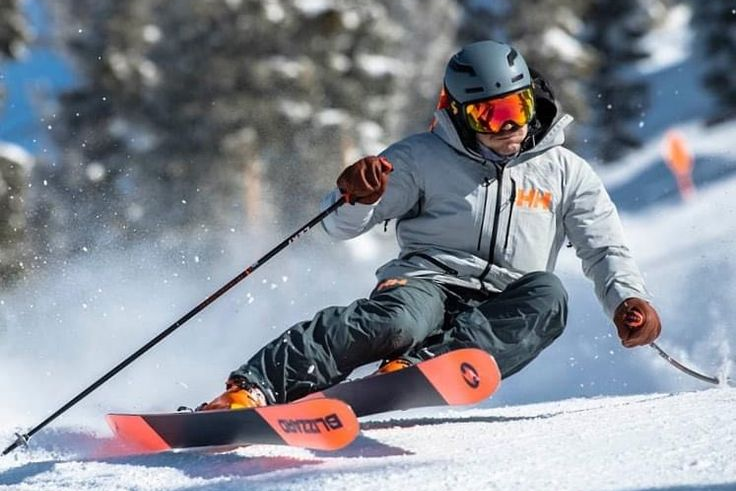
संक्षिप्त उत्तर है, हाँ, स्नोबोर्डिंग के लिए आपको हेलमेट ज़रूर चाहिए। हालाँकि कुछ लोग तर्क दे सकते हैं कि हेलमेट पहनना न तो फैशन है और न ही ज़रूरी, लेकिन सच्चाई यह है कि हेलमेट पहनने से आपको नुकसान हो सकता है। सिर की गंभीर चोटों को रोकें ढलानों पर गिरने या टक्कर लगने की स्थिति में। हालाँकि स्कीइंग या स्नोबोर्डिंग करते समय स्की हेलमेट पहनना कानूनी तौर पर ज़रूरी नहीं है, फिर भी आपकी सुरक्षा के लिए यह बेहद ज़रूरी है। स्नोबोर्डिंग जैसे किसी भी तेज़ गति वाले खेल में शामिल होते समय अपने सिर की सुरक्षा को लेकर कोई समझौता नहीं किया जाना चाहिए।
स्की या स्नोबोर्ड हेलमेट के सामान्य प्रकार
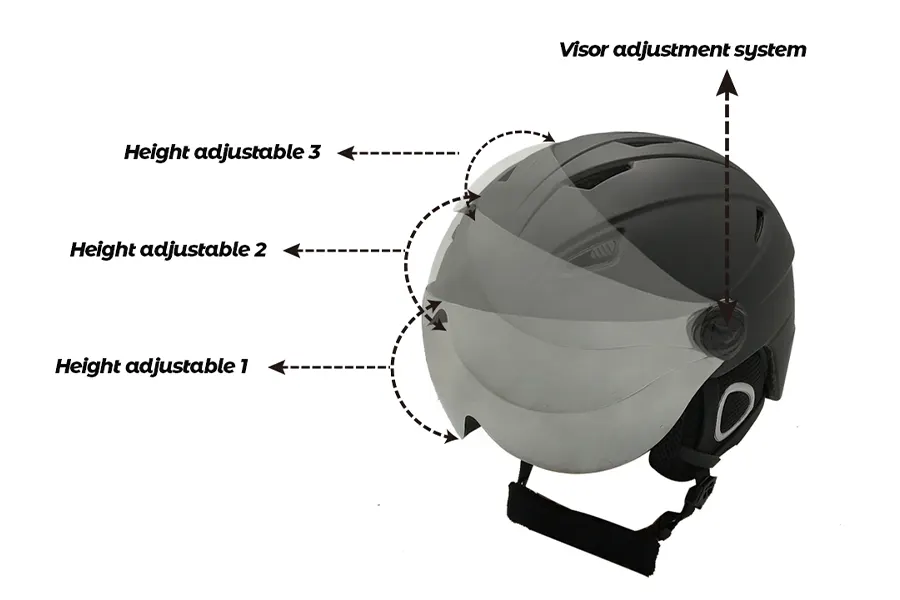
हार्ड-शेल हेलमेट
हार्ड-शेल हेलमेट स्की या स्नोबोर्ड हेलमेट का पारंपरिक प्रकार है, जिसमें पॉलीकार्बोनेट या ABS प्लास्टिक जैसी टिकाऊ सामग्री से बना एक मज़बूत बाहरी आवरण होता है। ये हेलमेट प्रभाव से मज़बूत सुरक्षा प्रदान करते हैं और शुरुआती या सामान्य स्कीयर के लिए एकदम सही हैं।
इन-मोल्ड हेलमेट
इन-मोल्ड हेलमेट निर्माण प्रक्रिया के दौरान बाहरी आवरण को भीतरी फोम परत के साथ मिलाकर बनाए जाते हैं। इससे एक हल्का और अधिक सुव्यवस्थित हेलमेट बनता है जो बेहतरीन सुरक्षा और आराम प्रदान करता है। इन-मोल्ड हेलमेट अनुभवी स्कीयर और स्नोबोर्डर्स के बीच लोकप्रिय हैं।
हाइब्रिड हेलमेट
हाइब्रिड हेलमेट हार्ड-शेल और इन-मोल्ड दोनों तकनीकों का बेहतरीन मिश्रण हैं। इनमें प्रभाव प्रतिरोध के लिए एक मज़बूत बाहरी आवरण और आघात अवशोषण के लिए एक आंतरिक फोम परत होती है। हाइब्रिड हेलमेट ढलानों पर पूरे दिन हल्के और आरामदायक रहते हुए बेहतर सुरक्षा प्रदान करते हैं।
स्की या स्नोबोर्ड हेलमेट निर्माण सामग्री
पॉलीकार्बोनेट
पॉलीकार्बोनेट एक हल्का और टिकाऊ पदार्थ है जिसका इस्तेमाल आमतौर पर स्की और स्नोबोर्ड हेलमेट में किया जाता है। यह उत्कृष्ट प्रभाव प्रतिरोध और मज़बूती प्रदान करता है, जिससे यह तेज़ गति की गतिविधियों के दौरान आपके सिर की सुरक्षा के लिए आदर्श है।
एबीएस प्लास्टिक
एबीएस प्लास्टिक अपनी मज़बूती और टिकाऊपन के कारण स्की और स्नोबोर्ड हेलमेट के लिए एक और लोकप्रिय सामग्री है। एबीएस प्लास्टिक से बने हेलमेट विश्वसनीय होते हैं और सुरक्षा से समझौता किए बिना किसी भी तरह की खराब हैंडलिंग और कई तरह के झटकों को झेल सकते हैं।
ईपीएस फोम
ईपीएस फोम, जो एक्सपैंडेड पॉलीस्टाइरीन फोम का संक्षिप्त रूप है, स्की और स्नोबोर्ड हेलमेट में सबसे अधिक इस्तेमाल किया जाने वाला प्रभाव-अवशोषित पदार्थ है। यह उत्कृष्ट कुशनिंग और ऊर्जा अवशोषण प्रदान करता है, जिससे दुर्घटना की स्थिति में सिर की चोटों का जोखिम कम होता है।
मिप्स टेक्नोलॉजी
मिप्स (यानी मल्टी-डायरेक्शनल इम्पैक्ट प्रोटेक्शन सिस्टम), एक अभूतपूर्व तकनीक है जिसे टक्कर के दौरान मस्तिष्क पर पड़ने वाले घूर्णी बल को कम करने के लिए डिज़ाइन किया गया है। मिप्स तकनीक से लैस हेलमेट, आघात से सुरक्षा की एक अतिरिक्त परत प्रदान करके बेहतर सुरक्षा प्रदान करते हैं।
स्की या स्नोबोर्ड हेलमेट का आकार और फिट
स्की हेलमेट का आकार कैसे चुनें?
चयन करते समय स्की या स्नोबोर्ड हेलमेटअपने सिर के लिए सही आकार का हेलमेट चुनना बेहद ज़रूरी है। एक टेप से अपने सिर की परिधि नापें और स्की उपकरण निर्माता के साइज़िंग चार्ट को देखकर सही हेलमेट साइज़ तय करें ताकि आरामदायक और सुरक्षित फिट मिल सके।
सर्वोत्तम फिट के लिए विभिन्न हेलमेट आज़माना
सबसे आरामदायक और सुरक्षित फिट पाने के लिए कई हेलमेट पहनकर देखें। सुनिश्चित करें कि हेलमेट आपके सिर पर समतल हो, आपके माथे के ऊपरी हिस्से को ढके बिना आपकी दृष्टि में बाधा डाले। अपनी पसंद के अनुसार फिट सुनिश्चित करने के लिए पट्टियों और पैडिंग को आवश्यकतानुसार समायोजित करें।
एक चुस्त लेकिन आरामदायक फिट सुनिश्चित करना
एक सही फिटिंग वाला हेलमेट आपके सिर पर आरामदायक तो होना चाहिए, लेकिन टाइट नहीं होना चाहिए। जब आप अपना सिर हिलाएँ तो यह हिलना या हिलना नहीं चाहिए, लेकिन इससे असुविधा या दबाव भी नहीं होना चाहिए। ढलानों पर आपकी सुरक्षा और आनंद के लिए फिटिंग और आराम के बीच सही संतुलन बनाना ज़रूरी है।
ध्यान देने योग्य सुरक्षा सुविधाएँ
प्रभाव संरक्षण
ऐसे हेलमेट चुनें जिनमें उन्नत प्रभाव सुरक्षा विशेषताएँ हों, जैसे कि कई प्रभाव परतें, मज़बूत आवरण और एकीकृत प्रभाव-अवशोषित सामग्री। ये विशेषताएँ दुर्घटना या टक्कर की स्थिति में सिर की चोटों के जोखिम को काफ़ी कम कर सकती हैं।
फिट समायोजन प्रणाली
एक विश्वसनीय फिट समायोजन प्रणाली वाला हेलमेट चुनें, जैसे कि डायल या स्ट्रैप मैकेनिज्म, जिससे आप अपने सिर के आकार और माप के अनुसार फिट को अनुकूलित कर सकें। एक उचित रूप से समायोजित हेलमेट अपनी जगह पर सुरक्षित रहेगा और गतिशील गतिविधियों के दौरान सर्वोत्तम सुरक्षा प्रदान करेगा।
वेंटिलेशन
स्कीइंग या स्नोबोर्डिंग के दौरान आराम बनाए रखने और ज़्यादा गर्मी से बचने के लिए वेंटिलेशन ज़रूरी है। तापमान और नमी को नियंत्रित करने के लिए एडजस्टेबल वेंट या इंटीग्रेटेड एयरफ़्लो चैनल वाले हेलमेट चुनें, जिससे सर्दियों में आपका सिर ठंडा और सूखा रहे।
गूगल संगतता
सुनिश्चित करें कि आपका हेलमेट आपके स्की या स्नोबोर्ड गॉगल्स के साथ अच्छी तरह से फिट हो ताकि यह एकदम सही और सुरक्षित लगे। ऐसे हेलमेट चुनें जिनमें गॉगल क्लिप, एडजस्टेबल स्ट्रैप और गॉगल-फ्रेंडली डिज़ाइन हों जो ढलानों पर आसानी से फिट हो सकें और अच्छी दृश्यता प्रदान कर सकें।
स्की या स्नोबोर्ड हेलमेट शैलियाँ और डिज़ाइन
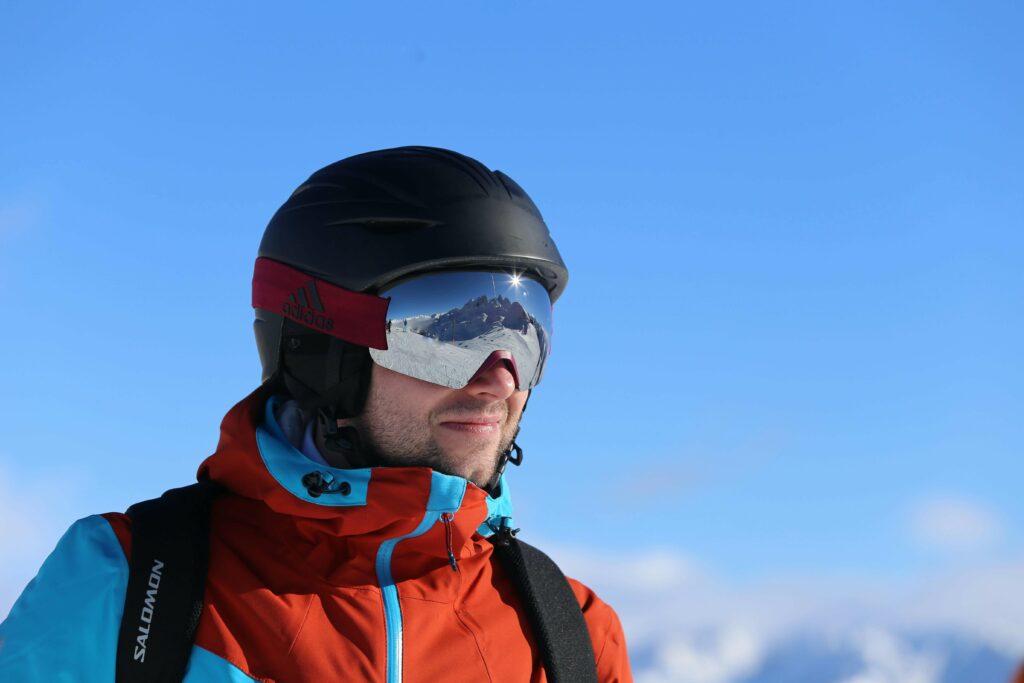
मैट बनाम चमकदार फिनिश
अपनी व्यक्तिगत शैली पसंद के आधार पर अपने हेलमेट के लिए मैट या ग्लॉसी फ़िनिश में से चुनें। मैट फ़िनिश एक सूक्ष्म और सादा लुक प्रदान करता है, जबकि ग्लॉसी फ़िनिश एक चिकना और रिफ़्लेक्टिव लुक प्रदान करता है जो ढलानों पर अलग दिखता है।
पूर्ण शैल बनाम अर्ध शैल
तय करें कि आपको पूरा सिर ढकने वाला फुल-शेल हेलमेट पसंद है या ज़्यादा खुले डिज़ाइन वाला हाफ-शेल हेलमेट। फुल-शेल हेलमेट अधिकतम सुरक्षा प्रदान करते हैं, जबकि हाफ-शेल हेलमेट हल्के और ज़्यादा हवादार होते हैं जिससे आराम मिलता है।
रंग विकल्प
अपने स्की या स्नोबोर्ड गियर से मेल खाते रंग का हेलमेट चुनें और ढलानों पर आपके व्यक्तित्व को दर्शाएँ। पहाड़ पर सुरक्षित और दृश्यमान रहते हुए अपनी अनूठी शैली को व्यक्त करने के लिए जीवंत और आकर्षक रंगों, पैटर्न और डिज़ाइनों की विस्तृत श्रृंखला में से चुनें।
छज्जा शैलियाँ
धूप से अतिरिक्त सुरक्षा और चकाचौंध कम करने के लिए बिल्ट-इन वाइज़र या हटाने योग्य वाइज़र अटैचमेंट वाले हेलमेट पर विचार करें। वाइज़र तेज़ धूप में दृश्यता में सुधार कर सकते हैं और आपकी आँखों को बर्फ़ और मलबे से बचा सकते हैं, साथ ही आपके हेलमेट के समग्र रूप को भी निखार सकते हैं।
अनुकूलन विकल्प
कई स्की और स्नोबोर्ड हेलमेट ब्रांड आपके हेलमेट को आपकी पसंद के अनुसार वैयक्तिकृत करने के लिए, अदला-बदली करने योग्य लाइनर, ईयर पैड और सहायक उपकरण जैसे अनुकूलन विकल्प प्रदान करते हैं। अपने हेलमेट को अनूठी विशेषताओं और विवरणों के साथ अनुकूलित करें जो इसे विशिष्ट रूप से आपका बनाते हैं और ढलानों पर आपके आराम और प्रदर्शन को बढ़ाते हैं।
स्की और स्नोबोर्ड हेलमेट प्रमाणन
एएसटीएम एफ2040
ASTM F2040 स्नो स्पोर्ट्स हेलमेट के लिए एक मानक प्रमाणन है जो यह सुनिश्चित करता है कि वे विशिष्ट सुरक्षा आवश्यकताओं और प्रदर्शन मानकों को पूरा करते हैं। ढलानों पर अपनी गुणवत्ता और सुरक्षात्मक क्षमताओं की गारंटी के लिए ASTM F2040 प्रमाणित हेलमेट चुनें।
सीई EN1077
CE EN1077 स्की और स्नोबोर्ड हेलमेट के लिए एक यूरोपीय सुरक्षा प्रमाणन है, जो दर्शाता है कि ये हेलमेट कड़े सुरक्षा नियमों और मानदंडों का पालन करते हैं। CE EN1077 प्रमाणन वाले हेलमेट का परीक्षण किया जाता है और शीतकालीन खेल गतिविधियों में उपयोग के लिए अनुमोदित किया जाता है, जिससे उपयोगकर्ताओं को मानसिक शांति मिलती है।
स्की और स्नोबोर्ड हेलमेट कहां से खरीदें?
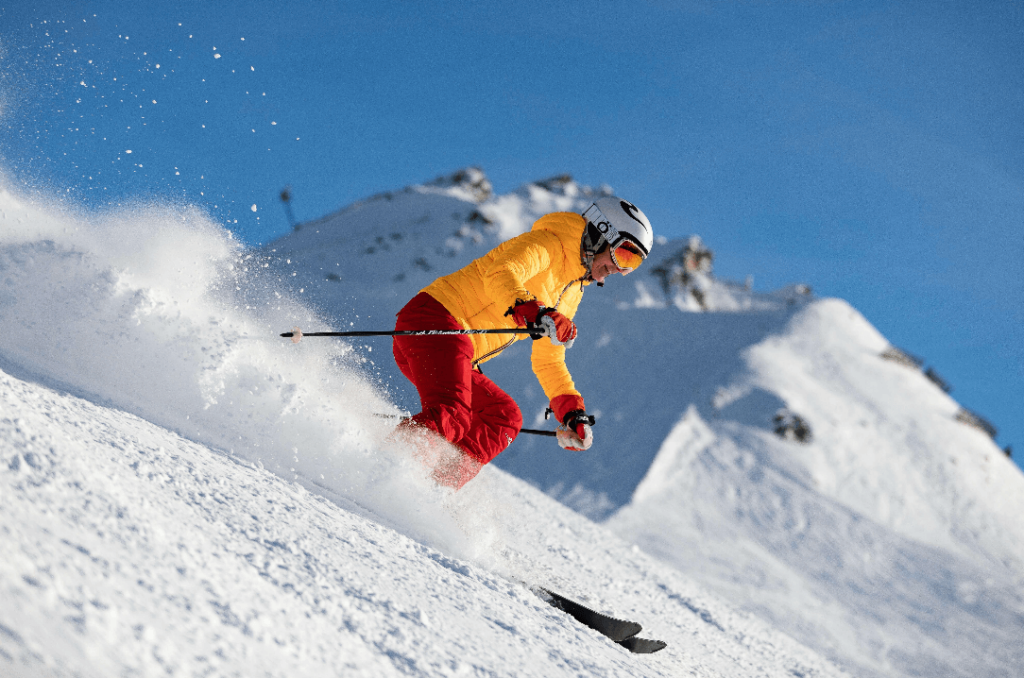
जैसे ही आप अपने अगले स्की या स्नोबोर्ड एडवेंचर की तैयारी करते हैं, एक बेहतरीन हेलमेट की तलाश शुरू हो जाती है। लेकिन आपको अपने पहाड़ी रोमांच के लिए सबसे बेहतरीन सिर की सुरक्षा कहाँ से मिलनी चाहिए? खेल के सामान की दुकानों से लेकर ऑनलाइन रिटेलर्स और खास दुकानों तक, उपलब्ध विभिन्न विकल्पों पर गौर करें ताकि आप सही चुनाव कर सकें।
खेल के सामान की दुकानें
विभिन्न प्रकार के स्की और स्नोबोर्ड हेलमेट व्यक्तिगत रूप से आज़माने के लिए अपने स्थानीय खेल के सामान की दुकानों या आउटडोर खुदरा विक्रेताओं पर जाएँ। जानकार कर्मचारियों से विशेषज्ञ सलाह लें और अपनी ज़रूरतों के हिसाब से सही हेलमेट ढूँढ़ने के लिए विभिन्न ब्रांडों और मॉडलों की जाँच करें।
ऑनलाइन खुदरा विक्रेता या निर्माता
प्रतिष्ठित खुदरा विक्रेताओं के माध्यम से या सीधे ऑनलाइन खरीदारी करें स्की हेलमेट निर्माता स्की और स्नोबोर्ड हेलमेट के विस्तृत चयन को ब्राउज़ करने के लिए। ऑनलाइन समीक्षाओं, आकार संबंधी गाइड और ग्राहक प्रतिक्रिया का लाभ उठाकर, एक सूचित खरीदारी निर्णय लें और अपने चुने हुए हेलमेट की सुविधाजनक डोरस्टेप डिलीवरी का आनंद लें।
स्की रिसॉर्ट और किराये की दुकानें
यदि आप स्कीइंग या स्नोबोर्डिंग यात्रा पर अपना हेलमेट लाना भूल गए हैं, तो आप इसे किराए पर ले सकते हैं। स्की रिसॉर्ट या उपकरण किराये की दुकानों पर। हेलमेट किराये पर लेना उन लोगों के लिए एक किफ़ायती और सुविधाजनक विकल्प है जो कभी-कभार स्की करने जाते हैं या ऐसे यात्री हैं जो अपना हेलमेट अपने साथ नहीं ले जाना चाहते।
विशेष हेलमेट स्टोर
स्की और स्नोबोर्ड हेलमेट पर केंद्रित विशेष हेलमेट स्टोर्स में विविध विकल्पों और विशेषज्ञों की सिफारिशों का आनंद लें। विशेष स्टोर कस्टमाइज़्ड फिटिंग सेवाएँ, उन्नत सुरक्षा तकनीकें और विशेष हेलमेट ब्रांड प्रदान करते हैं जो गंभीर शीतकालीन खेलों के शौकीनों की ज़रूरतों को पूरा करते हैं।
स्की और स्नोबोर्ड हेलमेट पर अक्सर पूछे जाने वाले प्रश्न
1. स्की हेलमेट में MIPS क्या है?
MIPS का अर्थ है मल्टी-डायरेक्शनल इम्पैक्ट प्रोटेक्शन सिस्टम, जो एक क्रांतिकारी तकनीक है जिसे कोणीय प्रभावों के दौरान मस्तिष्क पर घूर्णन बल को कम करने के लिए डिज़ाइन किया गया है। MIPS तकनीक से लैस हेलमेट, प्रभाव पड़ने पर हेलमेट को थोड़ा घुमाकर सुरक्षा की एक अतिरिक्त परत प्रदान करते हैं, जिससे मस्तिष्क की चोटों का जोखिम कम होता है।
2. स्की हेलमेट के नीचे क्या पहनें?
ज़्यादा गर्मी और आराम के लिए अपने स्की हेलमेट के नीचे एक पतली टोपी या टोपी पहनने की सलाह दी जाती है। सुनिश्चित करें कि टोपी इतनी मोटी न हो कि हेलमेट के फिट में बाधा उत्पन्न करे। भारी टोपी या हेडबैंड पहनने से बचें जो हेलमेट की सुरक्षा को प्रभावित कर सकते हैं।
3. स्की हेलमेट कितने समय तक चलता है?
स्की हेलमेट की उम्र कई कारकों पर निर्भर करती है, जैसे इस्तेमाल की आवृत्ति, प्रभाव की गंभीरता और हेलमेट की समग्र स्थिति। औसतन, निर्माता हर पाँच से सात साल में आपके स्की हेलमेट को बदलने की सलाह देते हैं, भले ही वह किसी दुर्घटना में शामिल न हुआ हो। अपने हेलमेट की नियमित रूप से जाँच करें और ज़रूरत पड़ने पर उसे बदल दें।
4. आपको अपना स्की हेलमेट कितनी बार बदलना चाहिए?
यह अनुशंसा की जाती है कि आप अपना स्की हेलमेट हर बार बदलें। पांच से सात सालचाहे वह किसी दुर्घटना में शामिल रहा हो या नहीं, हेलमेट की सामग्री समय के साथ खराब हो सकती है, जिससे उसकी प्रभाव-रोधी क्षमता कम हो जाती है। अगर आपके हेलमेट पर कोई गंभीर प्रभाव पड़ा है या उसमें दरारें या डेंट जैसे नुकसान के निशान दिखाई दे रहे हैं, तो उसे तुरंत बदल देना चाहिए। आपकी सुरक्षा सर्वोपरि है, इसलिए ढलानों पर बेहतर सुरक्षा के लिए नए हेलमेट में निवेश करने में संकोच न करें।
निष्कर्ष
ढलानों पर आपकी सुरक्षा, आराम और प्रदर्शन के लिए सही स्की या स्नोबोर्ड हेलमेट चुनना बेहद ज़रूरी है। अपना आदर्श हेलमेट चुनते समय हेलमेट के प्रकार, निर्माण सामग्री, आकार और फिटिंग, सुरक्षा सुविधाओं, स्टाइल और डिज़ाइन, प्रमाणन और खरीदारी के विकल्पों पर विचार करें। अपनी व्यक्तिगत शैली और पसंद को व्यक्त करते हुए, एक उच्च-गुणवत्ता वाले हेलमेट के साथ सुरक्षा और बचाव को प्राथमिकता दें जो आपकी सभी शीतकालीन खेलों की ज़रूरतों को पूरा करता हो। अपने स्कीइंग और स्नोबोर्डिंग के रोमांच का आत्मविश्वास और मन की शांति के साथ आनंद लें, यह जानते हुए कि आप बेहतरीन पर्वतीय अनुभव के लिए एकदम सही हेलमेट से सुसज्जित हैं।


